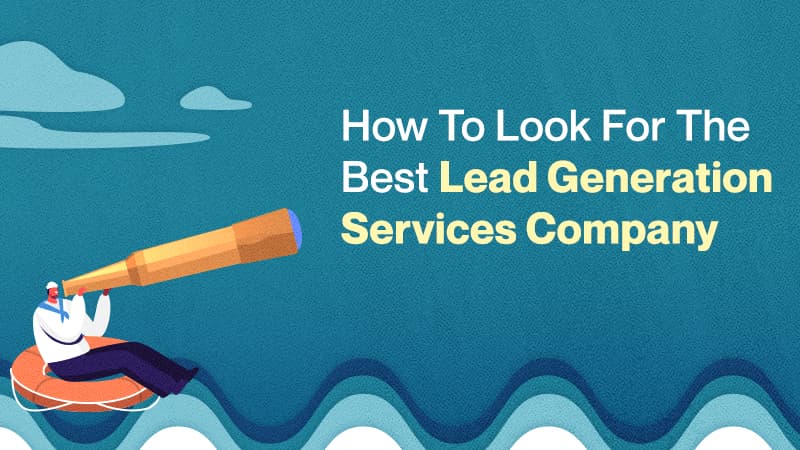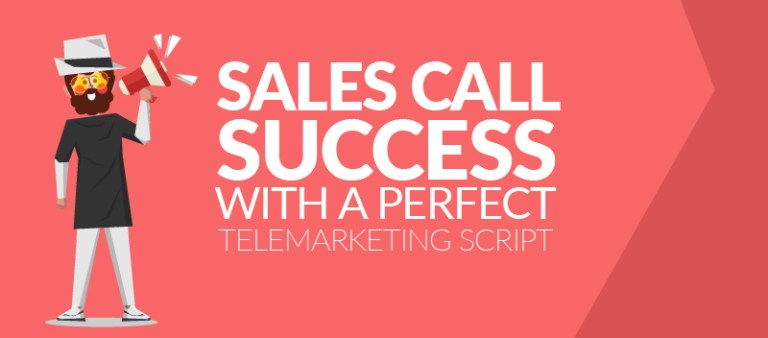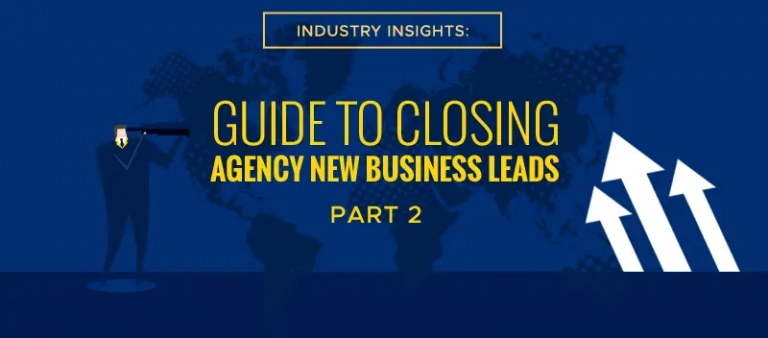In sales, the natural mindset to selling your products and services is “the more you sell, the higher the chances of getting new clients/customers” But what if we told you that you can actually sell more by selling less?
It is all about the right approach and integrating all the right sales strategies that don’t require you to compromise your finances and most importantly will not require you to do too much sales talk in order to make your prospects buy. Today, we’re going to talk about the ways that you can improve your sales strategies by putting the brakes on selling.
Help the Prospect
All relationships, including business relationships, are built over time. Your consistent and unrelenting pursuit of your ideal client is part of a longer-term plan for success, not a race to get the most immediate “yes.”
When speaking with your prospect, you should be looking for opportunities to add value beyond your product or service. Many times, businesses get tunnel vision when dealing with their prospect. They only look for opportunities to sell their product.
What you should be looking for are opportunities to make your prospect’s life easier. If you’re building a business, chances are you have a lot of industry knowledge that you can use to make your prospect smarter. This is immensely important because using your expertise to benefit your prospect will enable you to position yourself as a credible resource in their minds. This is exactly what you want.
When you position yourself as a resource, you differentiate yourself from your competition. You build trust with your prospect. Your prospect will appreciate the fact that you are there to help them without having an agenda.
Great ways of helping your prospect is by offering them free trials, free audit services, educational webinar invitations, etc.
Instead of pressuring them to buy from you, you’re showing them that you actually care about their success. This is the message you want to send if your goal is to get them to lower their guard.
Related: Consulting vs. Selling: Crafting a Winning Business Pitch
Bring in the Team
One of the first things you should do when engaging with your prospects is introducing them to your client services team earlier rather than later on in their buying journey. With everything being dealt digitally nowadays, it’s essential that the human connection doesn’t get lost in it. Let your prospects get to know that team they are going to work closely with.
Client References over Case Studies
It’s impossible to overstate the influence of peer-to-peer stories. When your customers show how they’re using your solutions to improve their businesses in the real world, others see themselves reflected in these examples. Peer-to-peer sharing is so powerful that it can even transcend competition. Customers in the same industry will share similar challenges and be interested in the solutions their competitors are using to address them.
While case studies are still important and a great way to sell to your prospects, in today’s more discerning world, it has somewhat become a static format that no longer connects with customers. Your audience wants relatable, interactive resources that spark their curiosity and answer their questions. Customer advocacy breaks the case study mold and explores different narrative approaches, such as videos, multimedia, infographics, in-person meetups and social media. Every customer has a story to share, and it’s up to you to find the right way to tell it. When you develop a successful advocacy program, every story highlights how your solutions helped your customers help their customers.
Share Relevant Content
The content is crucial to drawing your prospects in as well as making them stay. Content that helps is a useful tool for attracting traffic to your website. Content that helps is a useful tool for converting leads. Content that helps is a useful tool in nurturing those leads. Create content that is relevant to your prospect rather than to yourself. If you’re used to sharing content that’s more on the sales-y side, you want to shift that and post content that focuses more on educating them and that touches on their pain points and presenting solutions. Talk about the things they want to talk about rather than your own brand or service.
Engage Multiple Stakeholders
Engaging with stakeholders is crucial to the success of any organization. To succeed, an organization must have a clear vision derived from a robust strategic planning process, and an effective strategic plan or marketing plan can only come from stakeholder engagement. So, when you’re selling to your prospects, make sure that you involve other stakeholders as well. The reason for this is that they are going to be aware of how your solutions will impact their role, their department, and most importantly how it is going to help them in return.
Related: Engaging Different ABM Buyers: From Executives to CxOs
Include legal, procurement, and compliances
Never forget to disclose with your prospects and clients your legal, procurement, and compliance information in order for there to be transparency in the relationship with them.
Implementing a constant revision and verification process for every supplier is necessary to ensure transparent and healthy relationships. This process must be clear and efficient so that it can also work as supporting information for future monitoring processes. If you implement these review processes, in time it will be easier for you to analyze the performance of your suppliers, and if they comply with your specific requirements and are qualified to maintain a commercial relation with you. Once you have the results, it is important to give priority to the suppliers that prove to be the most reliable.




